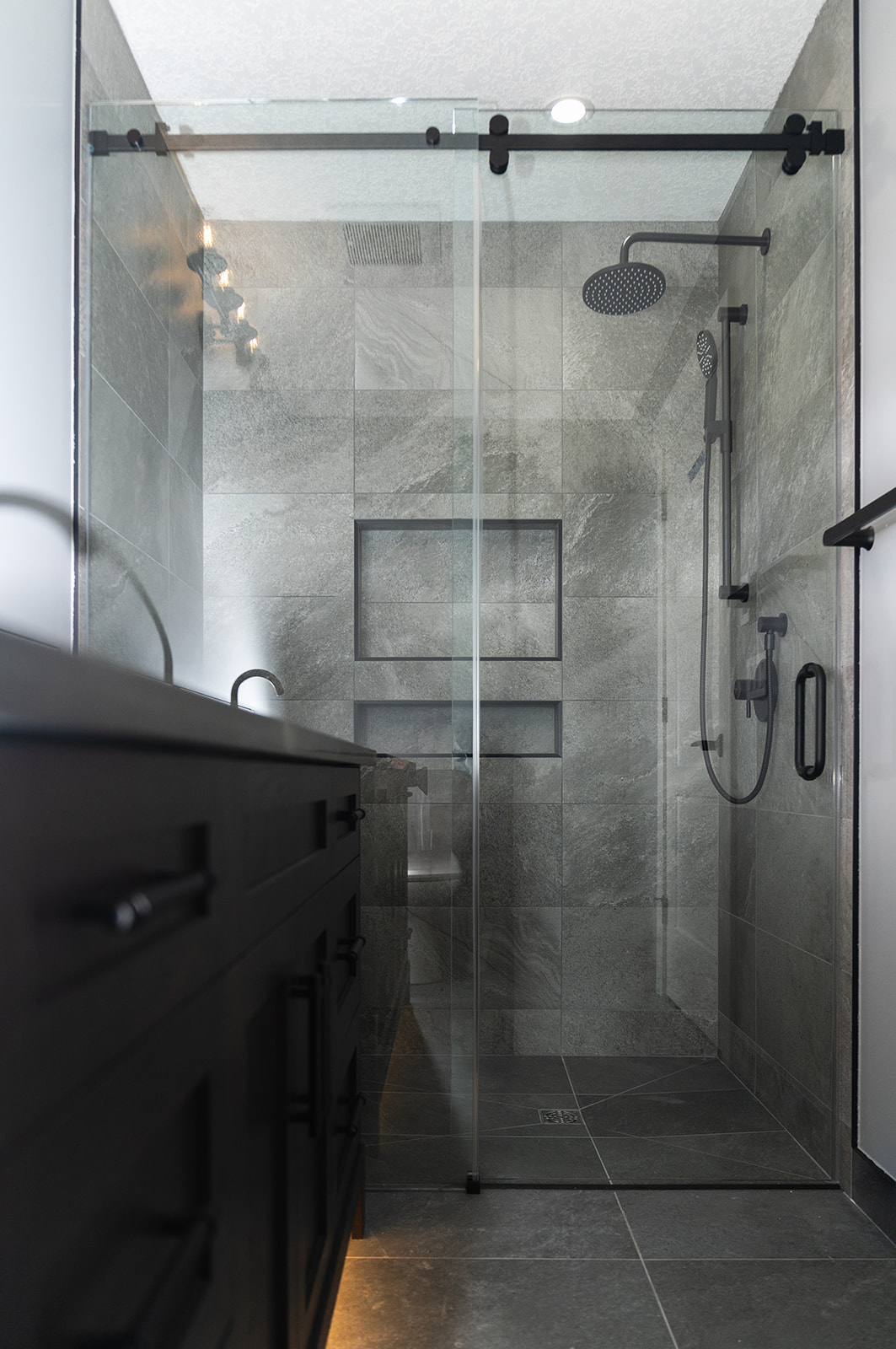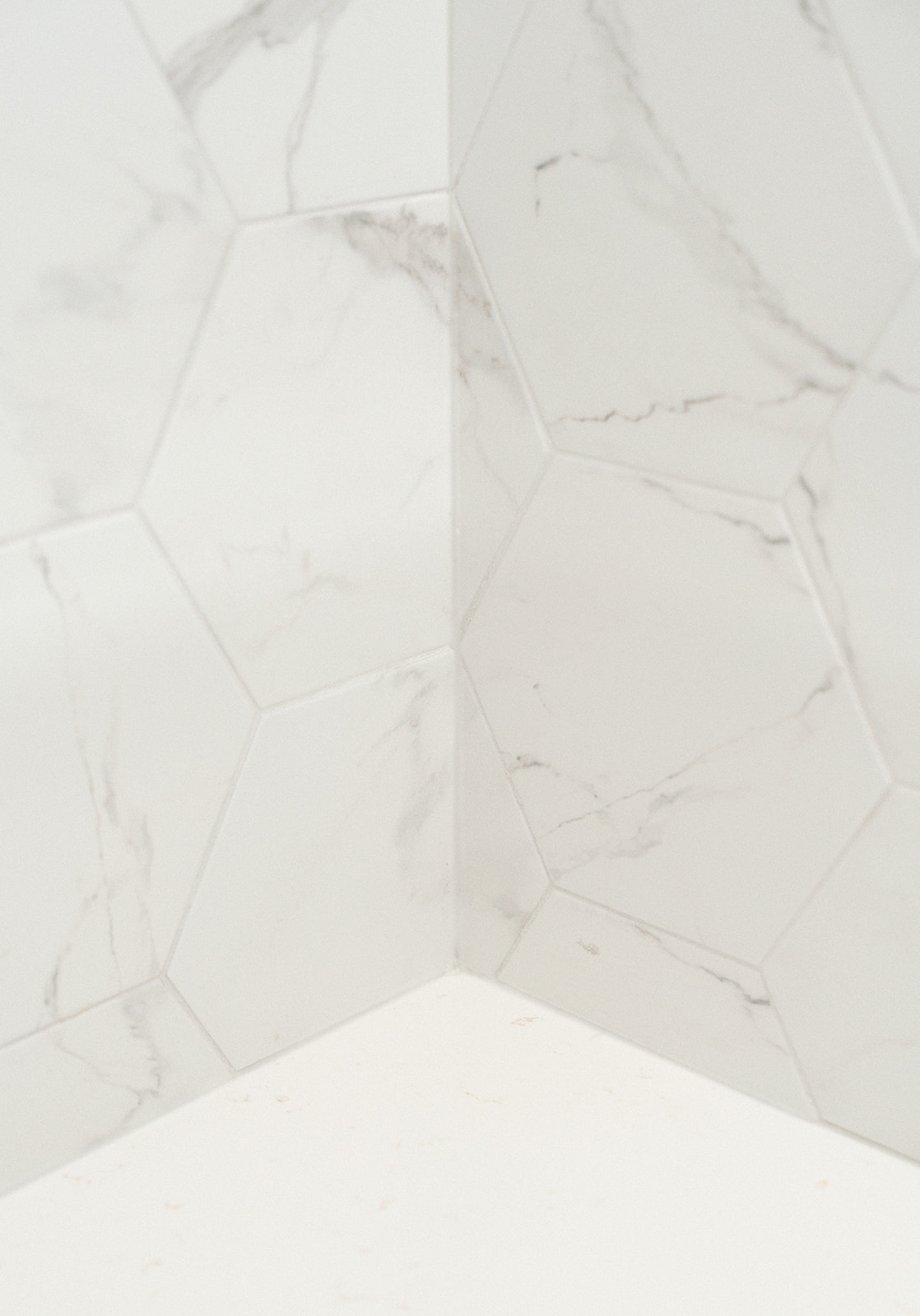
Universal Design is something we incorporate into all of our projects. But some of us may not know exactly what Universal Design means. Universal Design extends far past wider doorways and zero-threshold showers. We've summarized the 7 principles of Universal Design to help better understand these integral aspects of any build or renovation design.
Principle 1: Equitable Use
Equitable use means that the design is useful and marketable to people with diverse abilities and provides the same means of use for all users. In the event that the means of use cannot be identical for all users then it provides different, equivalent means so that all may still interact with the space. An example of equitable use is automatic doors which open when approached and allow similar entry for people of all abilities.
Principle 2: Flexibility in Use
Flexibility in use means that the design accommodates a wide range of individual preferences and abilities. This provides a choice in the methods of use, can accommodate differing dominant hands and adapts to the users pace. In essence, it enables the space to adapt to the user and not the user to the space.
Principle 3: Simple and Intuitive Use
Simple and intuitive use requires the design be easy to understand and use, regardless of the user's knowledge, concentration, experience or language. This eliminates any unnecessary complexity, maintains consistent user expectations and accommodates a wide range of literacy and language skills. Visual cues and sounds are great examples which are simple and do not rely on language proficiency.
Principle 4: Perceptible Information
Perceptible information communicates necessary information effectively to the user. Providing contrast between the essential information and backgrounds helps with this. Providing compatibility for the information to be understood with a variety of techniques and devices used by people with sensory limitations. Braille or tactile lettering is a great example of perceptible information.
Principle 5: Tolerance for Error
Tolerance for error helps minimize the hazards and adverse consequences of accidental or unintended actions. Organization of a space, removal of hazards and fail-safe features are very important to ensure the safety of the user. Within bathrooms, valves with pre-set temperatures can be used to reduce risk of red-hot or ice-cold water during a shower!
Principle 6: Low Physical Effort
Low physical effort when navigating a space is an important part of design. Allowing the space to be used efficiently and comfortably with minimum fatigue can make a big difference in someone's experience. The reduction of thresholds and uniform surfaces are great for people with mobility devices to limit the effort required when moving around the space.
Principle 7: Size and Space for Approach and Use
Size and space for approach and use is allowing adequate room to maneuver, approach, reach, use and navigate an environment. The use of mobility devices, posture, body size should all be accommodated in the design allowing for clear lines of sight, reach of all components, and adequate space to move around.
Those are the 7 Principles of Universal Design! These principles demonstrate that Universal Design is much more than some of the more common modifications we know to accommodate mobility devices or other physical disabilities. Universal Design thinks of all people and all abilities, from a young child with a cast to someone with severe sensory challenges, Universal Design is for everyone
We hope you enjoyed and learned something new from this post! If you'd like to learn more, or have Universal Design incorporated into your next project please don't hesitate to contact us at info@shiftaccessibility.ca or 403-648-0878!
Gallery
Read more posts
Shift your perspective, explore new possibilities.
Shift is the only contractor serving the Calgary area focused 100% on accessibility and universal design. Get in touch to learn more about how we can transform your space.
Contact us















